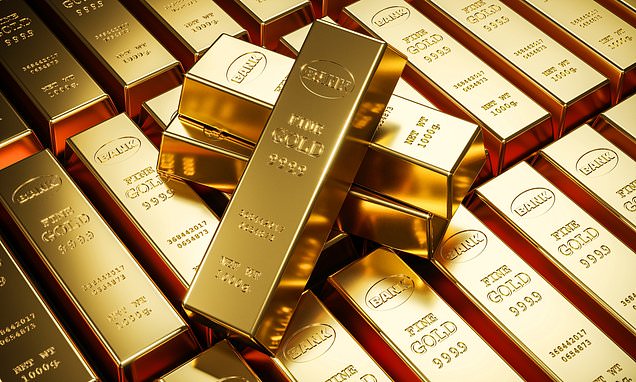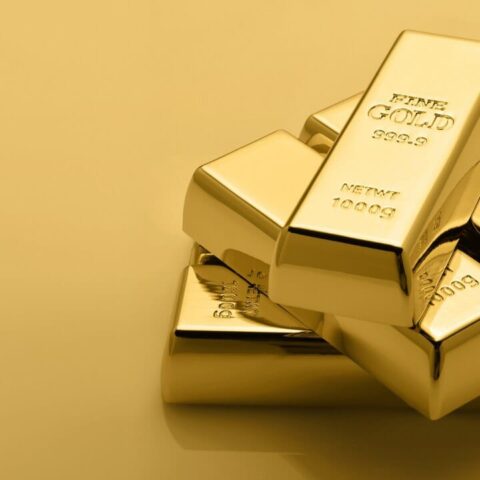Gold price consolidation have been steady, staying below $2,350 an ounce, and consolidating within a narrow range. BCA Research, a Montreal-based research firm, believes this summer calm is just a precursor to significant market changes. They’ve held a bullish outlook on gold since November 2022.
Short-Term Price Movement
While gold price consolidation might dip slightly as bullish momentum fades, the downside is limited. According to Roukaya Ibrahim, Market Strategist at BCA, gold has maintained critical support at around $2,300 an ounce. Ibrahim emphasizes that the increased demand for gold from emerging market central banks provides a solid price floor.
Impact of Market Sentiment
Market sentiment plays a crucial role in gold price fluctuations. Currently, investors’ cautious approach is contributing to the consolidation phase. As global economic uncertainties persist, gold remains a preferred safe haven, limiting significant price declines.
Central Bank Demand and China’s Role
Central banks worldwide, particularly in emerging markets, are increasingly interested in gold. This trend is crucial for supporting prices. BCA Research pays special attention to China in this context. Though China did not purchase gold in May, the People’s Bank of China (PBoC) is expected to continue building its gold reserves. Despite sensitivity to high prices, China’s long-term demand for gold is a structural shift influenced by geopolitical tensions with the US.
Strategic Reserve Accumulation
China’s strategy to accumulate gold reserves is part of a broader plan to diversify its foreign assets. This move is not just economic but also geopolitical. By increasing its gold holdings, China aims to reduce its reliance on the US dollar and enhance its financial stability amidst international tensions.
China’s Gold Reserves Strategy
China’s influence in the gold market is significant due to its massive buying spree, adding 316 tonnes of gold, now holding 4.9% of its total foreign reserves in gold. To compete with other developed economies, China might need to increase its reserves to 16% of total assets. This goal would require purchasing an additional 5.7 thousand tonnes of gold, which is more than the total global gold demand in 2023.
Implications for Global Gold Demand
If China proceeds with this aggressive gold accumulation, it will profoundly impact global gold demand and prices. Such substantial purchases would tighten supply, driving prices higher. This potential scenario underscores the importance of closely monitoring China’s gold-buying activities.
Federal Reserve Policy Shift
BCA Research also anticipates a shift in the Federal Reserve’s monetary policy, which could boost gold prices in the second half of the year. Historical data suggests that gold prices tend to rise following the start of an easing cycle, similar to the 2007 scenario.
Historical Comparisons and Predictions
The comparison with the 2007 easing cycle provides valuable insights. During that period, gold prices surged in response to the Federal Reserve’s policy changes. If a similar pattern follows, investors could see significant gains in gold investments over the next few years.
Economic Growth and Gold’s Potential
Slower economic growth is another factor supporting gold’s long-term potential. BCA Research predicts a high likelihood of a US recession within the next 12 months. They recommend increasing exposure to precious metals, especially gold, in response to anticipated economic and industrial slowdowns by the end of 2024 or early 2025.
Diversification and Portfolio Management
In light of these economic forecasts, diversifying investment portfolios to include gold is prudent. Precious metals like gold can act as a hedge against economic downturns, preserving wealth when other assets may lose value.
Long-Term Structural Support
The long-term structural support for gold prices comes from several factors, including increasing central bank purchases, geopolitical tensions, and economic uncertainties. These elements create a favorable environment for gold as a stable and reliable investment.
Global Industrial Cycle Impact
The global industrial cycle’s potential downturn by late 2024 or early 2025 could also bolster gold prices. Reduced industrial activity often leads to increased investment in safe-haven assets like gold, further strengthening its market position.
For detailed updates on gold prices, visit our Daily Gold Update. For comprehensive insights, check out our website.





